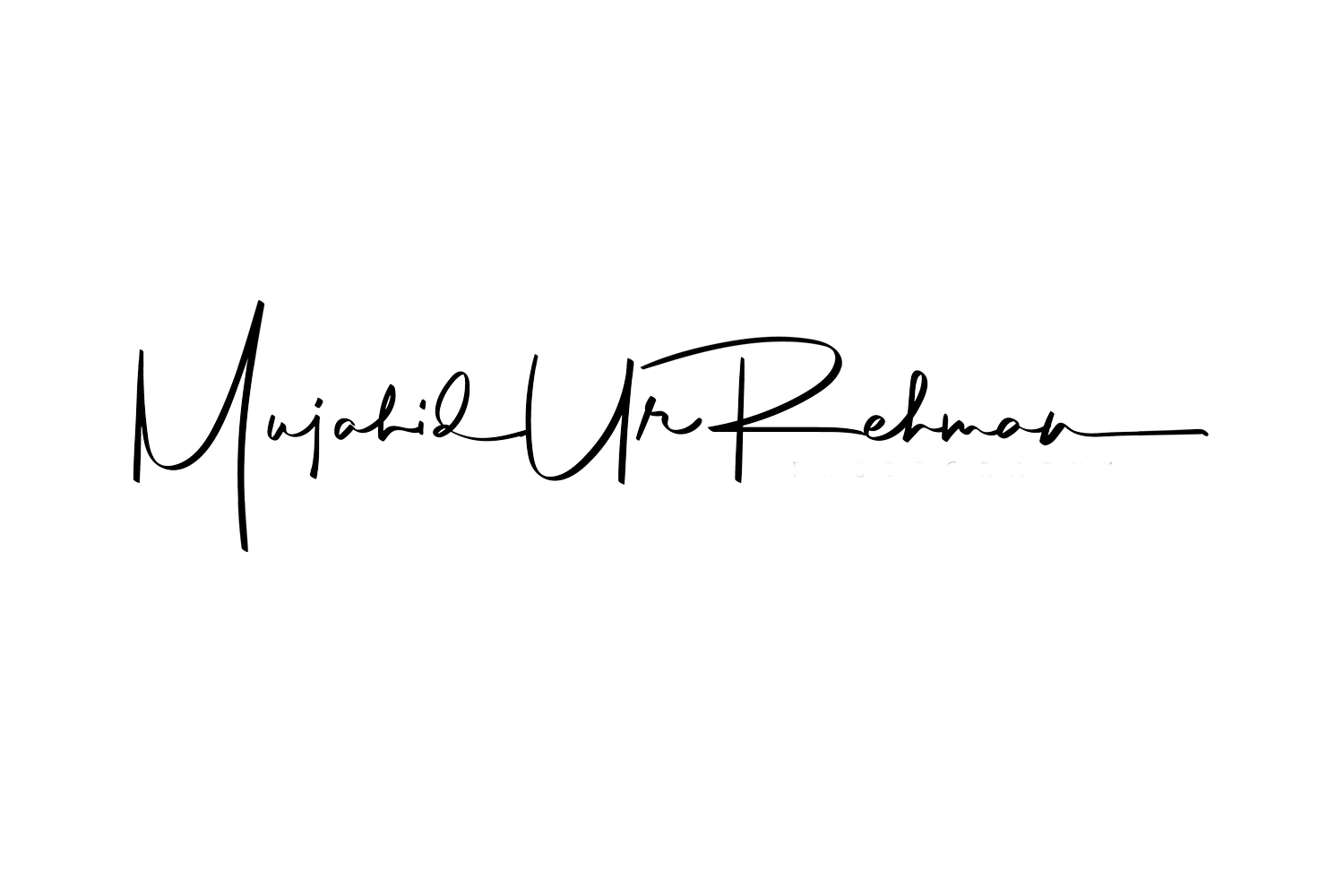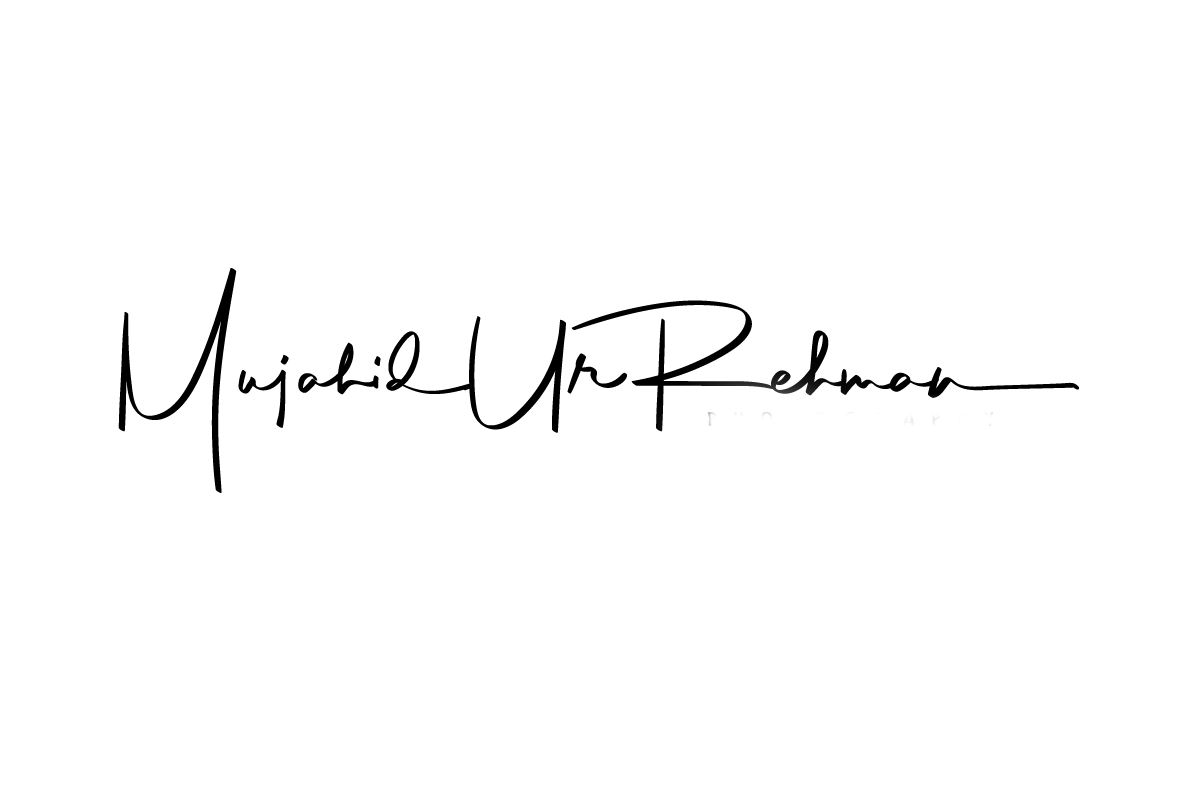How To Photograph Star Trails
This blog is aimed at enthusiastic photographers and sky gazers who want to capture the night sky and star trails, in particular. The process is simple, yet challenging. It is a lengthy process that only rewards you after you have come back home and finished processing your photos.
If you have never captured star trails before, the following tips should help you move in the right direction. If you are a more experienced photographer who has done this sort of thing before, I would myself appreciate your leaving feedback to help me improve my knowledge. The blog is aimed at photographers using a digital SLR (DSLR).
What do you need?
In terms of equipment:
A DSLR camera
A sturdy tripod
A shutter release cable
Torch (a strong one, and a small one in case you need to look at your camera)
What it needs from you is patience, a little knowledge of the sky and the stars, and a little preparation before the sunset to know your spot and composition.
Where to shoot the star trails (the night sky)?
The answer is simple: Go out of the city, as far as you can, to stay away from light pollution. This is when you will get the best of the night sky with millions of stars glimmering at you. Choose your spot well, making sure that the location you choose is going to give you an interesting foreground or silhouette to make a striking composition.
When to shoot the star trails (the night sky)?
Cold nights are the best, weather-wise. Because of the low temperature, haze and dust settles quickly, leaving the sky clearer for night photography.
The most common answer is, "choose a moon-less night". I disagree with that, and suggest that you rather choose a time of the month when you get best of both, i.e. you get complete darkness in the sky to capture the stars and the milky way, and you get the moon as well for some part of the night. If planned properly, moon-rise can give you beautiful shadows in your composition. The moon also lights your scene for you evenly and gently, so you don't have to use your torch. Just make sure that, if the moon is going to be there in your night, you get the best of the sky before the moon-rise or after the moon-set.
Tip: Keep an eye on the weather forecast. Your trip can be a disaster in terms of photography if the weather is cloudy or windy.
Composition: it matters..!
If the spot you have chosen requires travelling, it is better to arrive at least an hour or two before the sunset. It gives you time to familiarize yourself with the location and choose a composition for your star trails. A photo of the sky without an interesting foreground is nothing but a screen full of bright dots!
You also need to have basic knowledge of the night sky and the constellations. We calculated the location of the South Celestial Pole before composing the shot you see below, so that the central axis of rotation of the earth would give this spiral effect.
How to focus at night time?
I am sure there are many tricks, but I go with one of these two options:
Option 1: Switch your camera and lens to manual mode and then focus your lens to infinity. This is not my option of preference because manually adjusting your focus ring to infinity has a margin of error. The option of doing a test shot and then checking the composition and focus has, in my opinion, its limitations: I have found that your camera screen can sometime lie to you.
Lens infinity option
Option 2: Before you switch your camera and lens to manual mode, use the auto focus option.
Option 2-A: Find a light somewhere far, or use the torch beam somewhere far and focus your camera on it. Because you are focusing at some distance, your camera focus will move to infinity. Then switch your camera and lens to manual focus.
Option 2-B: Aim towards the main subject of your composition, throwing some light onto it with a torch, then focus at it and then switch your camera and lens to manual focus. If you are not moving your tripod to another location, you can even recompose your shot. Because you have focused on the main subject before switching to manual, it will remain in focus.
Should I take one long exposure or take multiple shots (continuous shooting)?
One long exposure is a big NO NO for me, because:
A plane, a shooting star or a satellite might ruin your photo.
A wayward headlight or torch might create some unwanted light, ruining a long-exposure shot. With multiple images as your choice, you have the option of removing these images, thereby saving your efforts.
One long exposure doesn't give you any flexibility e.g. creation of a time-lapse video, choosing the length of star trail photo. Look at the image below: Zunaid composed his shot, put the camera on continuous shooting with the help of shutter release, and went to sleep. The camera shot a few hundred photos over the period of 5 hours. Each shot was 30 seconds long. After we came back from our trip, he had the option of processing each photo individually, removing frames with shooting stars, discarding the spoiled ones in which others were busy with their torches or appearing in the foreground. He created a five hour long time-lapse video, and then decided to stack photos of star trails that were 5 hours, 2.5 hours and 1.5 hours long.
Tip:
Turn your camera's Long Exposure Noise Reduction off (a.k.a Long Exposure NR). It will create gaps in your star trails.
Take a dark frame. If you forget it, don't worry, you can do it at home by just putting the lens's cap on. It comes in handy in post processing.
If your camera's view finder has a shutter, close it, otherwise put masking tape on the view finder in order to prevent stray light from entering the camera from behind.
Keep an eye on the lens: you may have to wipe if from time to time if the lens fogs. I still have to try a fan, or the hand warmer trick.
Keep spare batteries and extra memory cards handy, keeping an eye on these functions, and replacing them quickly so that you don't produce gaps. Every second counts!
What should be the aperture value, the ISO and the shutter speed?
Good question, firstly, you need to operate on Manual mode of your camera. I own a Nikon D800, and its dynamic range and ability to work with higher ISO amazes me. I really don't want to create a chart here, which I know I would most probably copy paste from some other website, in order to tell you what should be the relative values for aperture, ISO and shutter. My answer is: know your camera and its ability to work with higher ISO, and take a few test shots on different levels, and compare the results.
Here are my general settings however:
Aperture: This is straight forward, you need to capture as much light as you can, every f-stop helps, keep the aperture wide open i.e. choose the lowest possible aperture value . For example, with my 50mm lens, I use f1.8 and my 16-35mm lens gives me a minimum of f4, and I stick to it.
Shutter: 30 seconds is a good start, and most of the times you will remain on 30 seconds. If you think with 30 seconds you are getting your photos over exposed at night time, rather lower your ISO.
ISO: I start with ISO 800 as a standard, then I go up til ISO 3200, and compare the results. With my Nikon D800, ISO 3200 gives me good results, but I know with my Nikon D90, ISO 3200 will give me noisy shots. It comes down to your camera sensor. Take test shots, and see which one captures the scene most effectively.
Light Painting
Light painting is manually lighting up your foreground subject, or portion thereof, manually using a torch to create interest so that you see more than just a simple black silhouette in your final image. Some say don't use the latest LED based torches because the light is too bright and unnatural, some say use the old fashion torches with a strong beam. My opinion is to choose what suits you and suits the condition. Your subject can be a yellow/red rock, and light painting it with the old bulb torch might make it more yellow/red/orange.
Take RAW photos
I know, I know.... I know it takes more space, but a raw file will give you leverage in terms of post processing. RAW file it is for me, that's it.
Image Stacking Using StarStax
Here is my workflow:
Process raw files
Discard Unwanted frames
Export raw files to JPEG format
Keep my dark frame ready
Using StarStax program, stack the images
I hope the tips help you creating better star trail images. This blog is in form of a video tutorial as well:
Here is a link to one my travel experiences to capture the night sky. Enjoy.






